Hassi Messaoud PLC based control system
Gas Processing
Flexible and Available
The Mesit@1 Programmable Logic Control (PLC) is an open source platform for multiple applications. It’s flexible and, conversely the traditional unit controls supplied by the main constructors, is open, allowing you to complete plant solutions delivering advanced performance, operability, and availability.
Open Source
An open source software suite Mesit@OS is used with the Mesit@1 PLC and related systems for programming, configuration, trending, and analyzing diagnostics. It provides a single source of quality, time-coherent data at the controller and plant level to understand and adjust how your plant is operating in real time.
Simplify Plant-wide Control
The Mesit@1 PLC provides single plant control for your most valuable asset, enabling comprehensive, connected plant automation. It offers a common hardware and software platform and common configuration for both safety and control. In addition, maintenance, diagnostics, spare parts, logistics, alarms, databases, and training are required for just one system simplifying operations.
Reduce Risk and Operating Cost
Multi-system complexities, risks, and costs are reduced by deploying Mesit@1 PLC. By monitoring the plant from a single interface, operators can make better, faster decisions. There are virtually no limits in sharing with the customer the control algorithms and the elimination of gateways and hardwired interfaces reduces latencies and maintenance requirements. With a Mesit@1 PLC you can reduces total cost of ownership thanks to greater uptime, reduced personnel, lower hardware and software costs, smaller parts inventory, and a single control vendor relationship.
Combine High Performance and Reliability
|
The Mesit@1 PLC features high-speed, networked I/O, can be configured for simplex, dual, or triple redundant operation, offering the right level of reliability for your specific system. Industry-standard Ethernet communications are used for I/O, controllers, and supervisory interface to operator and maintenance stations and third-party systems. And if a fault occurs, diagnostics are reported in the alarm management system and controllers and I/O modules can be replaced online so your system is back up and running quickly. |
Why choose a PLC based control system
Typical scenario
In the world of the gas turbine control system, a typical scenario depicts a dedicated control system mating the gas turbine itself, or even only the gas generator. Sometimes there are plenty of different control systems to control Gas generator, the power turbine, the compressor and the auxiliary subsystems, together with those systems aimed to protect the machine against vibrations, displacement and over speed.
Example: a dual shaft gas turbine driving centrifugal compressor. This system could typically be built with the following controllers:
- controller MK V/VI of the gas generator
- PLC used to control the power turbine and the auxiliary systems
- controller (such as CCC) to manage the antisurge protection of the centrifugal compressor
- controller (such as CCC) to manage the performance control of the centrifugal compressor
- controller (such as CCC) to manage the load sharing of the centrifugal compressor within a set of many compressors
This approach has many drawbacks:
- the gas generator manufacture owes the control algorithms and do not share them with the customer
- the interconnection of those systems many signals are required
- these interconnections introduce latencies
- feedforward actions are hard to implement within this architecture due to the high cost of new interconnecting signals
- different hardware platforms drive to high maintenance costs (spare parts, configuration software, know-how, etc).
Our approach
|
Our approach is algorithm driven. The focus is to use strongly tested control algorithm covering all the aspects of the system (ranging from the fuel control of the GG to the antisurge valve of a centrifugal compressor), implementing it on a single powerful PLC system, choosing the brand together with the customer. This approach is based on:
|
|
Together with the virtually platform independency of the proposed solution, we can provide a wide spectrum of human to machine interface including HMI, local panels and interaction with higher level systems, such as DCS. The main advantages of this approach are:
|
|
Here you can download the Operator manual service and see the startup sequence.


 English
English 

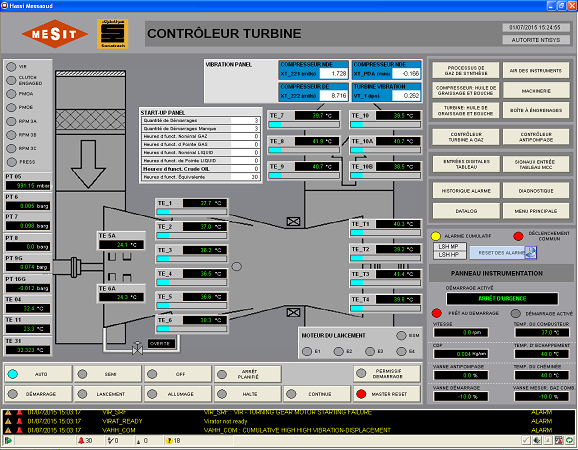
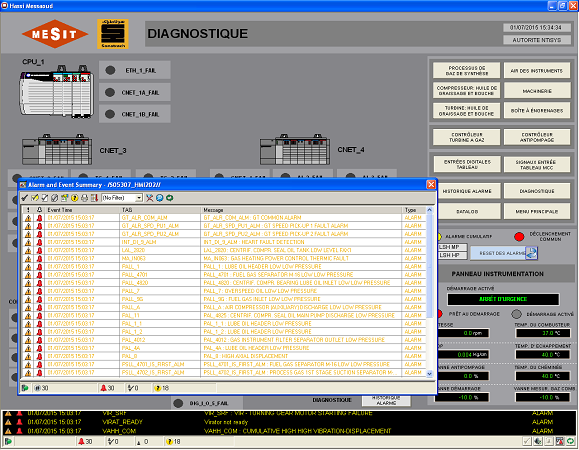
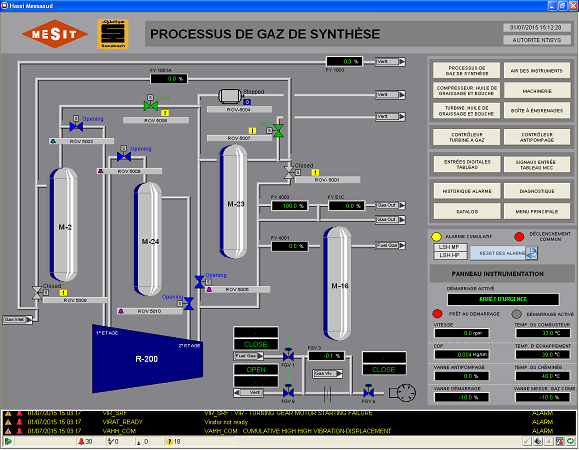
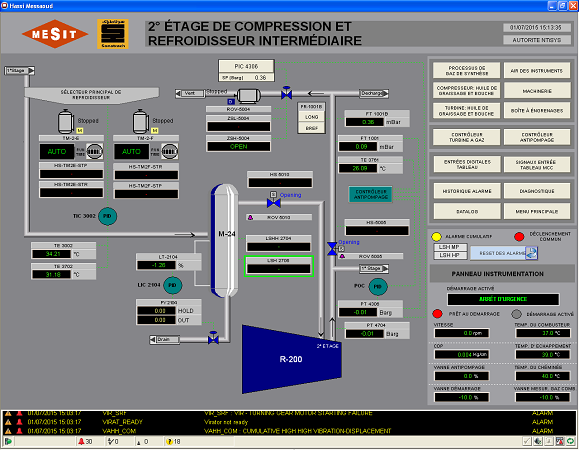
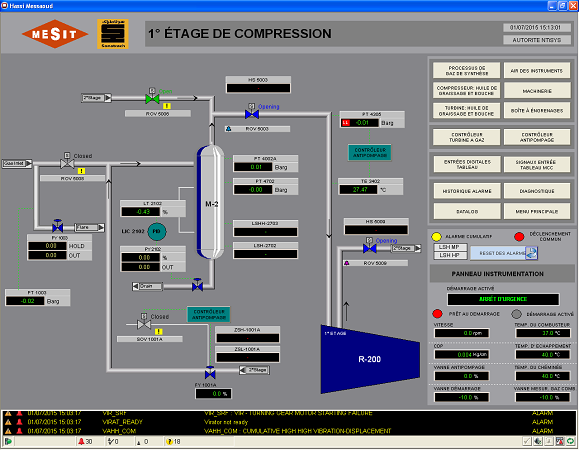
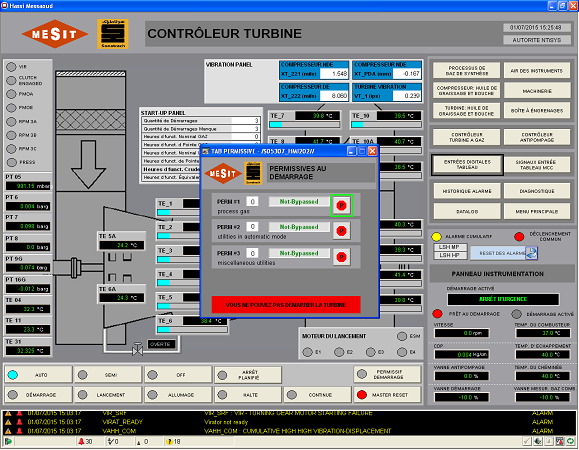
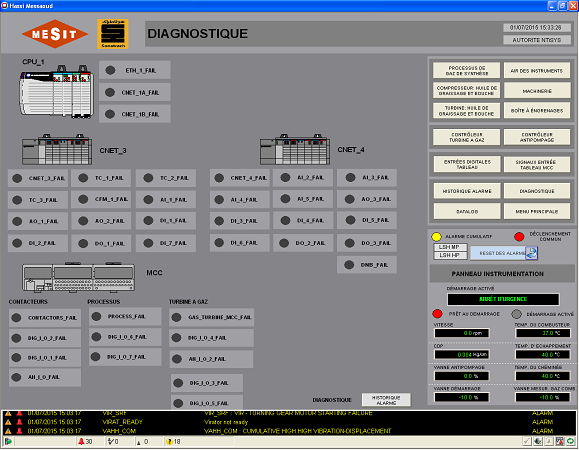
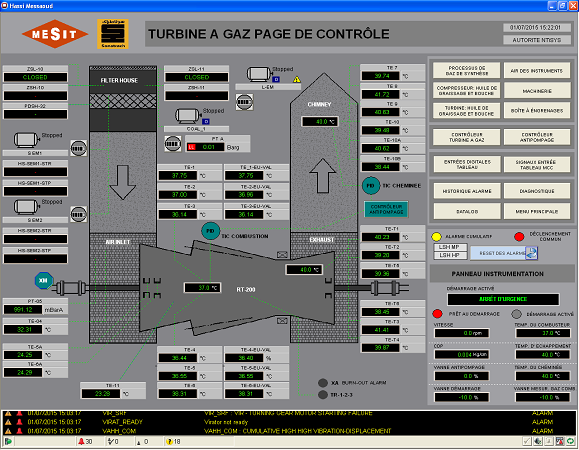
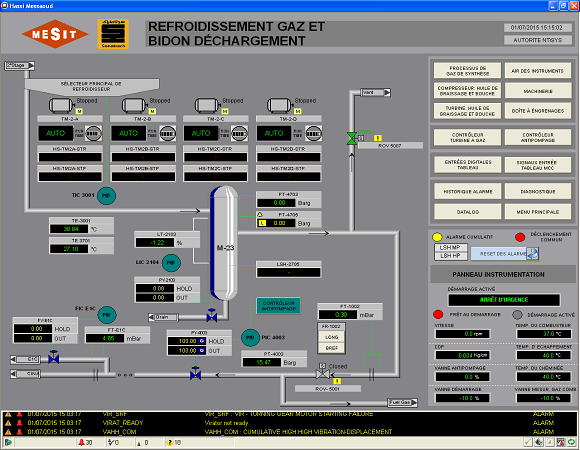
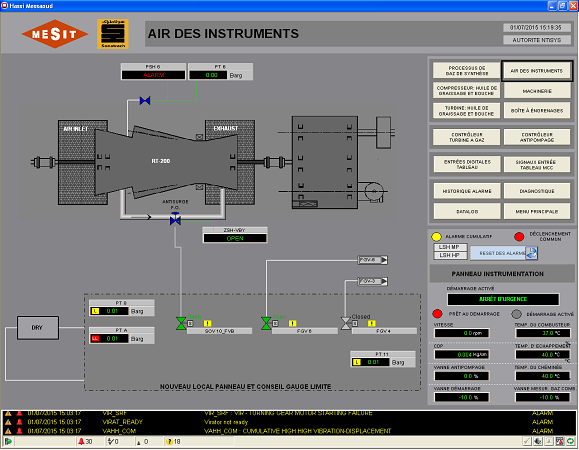
 Administrative Office - Piazza Duca d’Aosta, 12 - 20124 – Milano +39.02.72022835 +39.02.72023798 fax -
Administrative Office - Piazza Duca d’Aosta, 12 - 20124 – Milano +39.02.72022835 +39.02.72023798 fax -